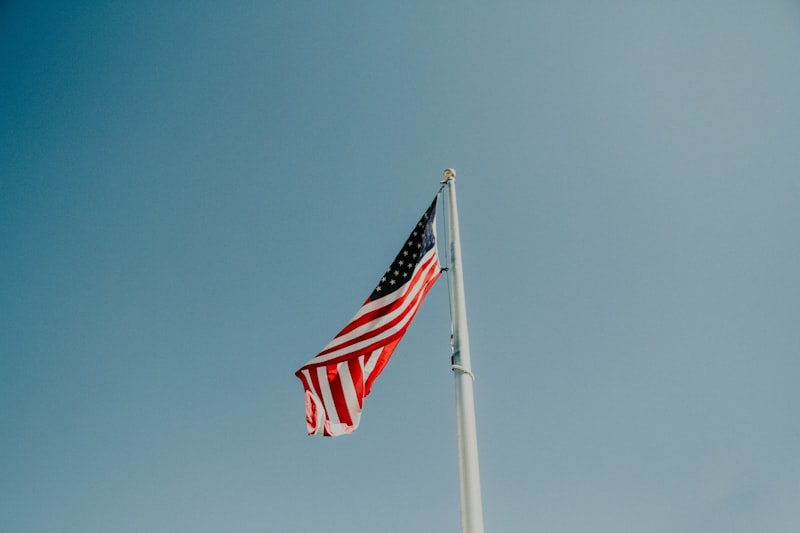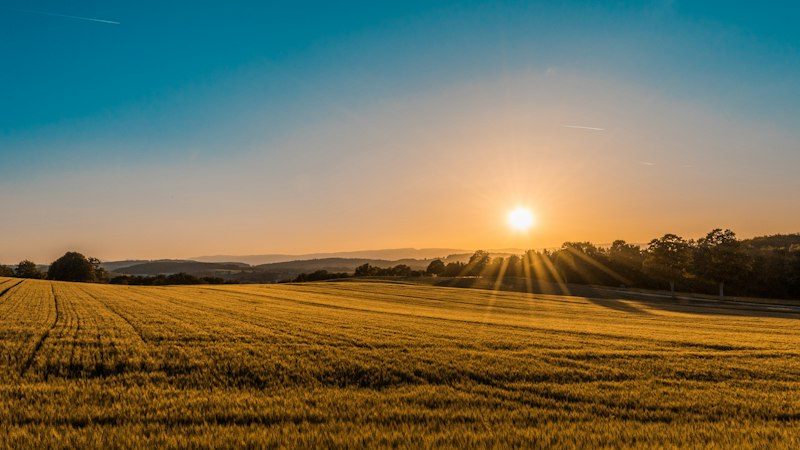Have you ever wondered which country boasts the title of being the ultimate linguistic powerhouse? A place where languages flourish, intertwining in a majestic tapestry of communication. Brace yourself for a mesmerizing journey as we unravel the diverse linguistic landscapes across the globe.
Tucked away in the heart of Africa lies a country that reigns supreme when it comes to linguistic diversity. Can you guess? Yes, it’s none other than Papua New Guinea. This vibrant nation proudly claims the title of being the most linguistically diverse country in the world. With over 800 distinct languages spoken within its borders, it stands tall as a testament to the remarkable human capacity for language.
Imagine wandering through the lush rainforests of Papua New Guinea, encountering a multitude of cultures and languages at every turn. Each village, each community, harboring its unique linguistic heritage. It’s like witnessing a linguistic kaleidoscope, where every shade and hue represents a different language waiting to be discovered.
But let’s not forget about another contender vying for the crown of linguistic diversity. India, a land known for its rich cultural tapestry, also boasts an impressive array of languages. With more than 1,600 languages spoken across its vast expanse, India showcases the incredible linguistic mosaic that defines this captivating nation. From Hindi to Bengali, Telugu to Tamil, each language tells a story, carrying with it the essence of a particular region and its people.

As we delve further into our exploration, we encounter countries like Nigeria, Indonesia, and Mexico, each home to a myriad of languages. Nigeria, in West Africa, dazzles us with over 500 languages. Meanwhile, Indonesia, an archipelago straddling Southeast Asia and Oceania, impresses with around 700 languages. And crossing the Atlantic to Central America, Mexico enchants us with its linguistic diversity, boasting roughly 290 indigenous languages.
In this vast world of ours, language connects us, transcending borders and bridging cultures. Every language is a treasure trove of knowledge, heritage, and human expression. So, let us embrace and celebrate the rich tapestry of languages that graces our planet, marveling at the linguistic wonders each country has to offer.
Prepare yourself for an awe-inspiring adventure, where words dance to the rhythm of diversity. From the enchanting highlands of Papua New Guinea to the bustling streets of India, the world beckons us to explore its magnificent linguistic symphony. Step into this captivating realm and let your curiosity guide you. How many languages will you discover along the way?
Linguistic Diversity Unveiled: Study Reveals Which Country Takes the Crown for Speaking the Most Languages
Have you ever wondered which country boasts the most linguistic diversity? A recent study has shed light on this fascinating subject, revealing the nation that takes the crown for speaking the highest number of languages. Prepare to be amazed as we delve into the rich tapestry of linguistic diversity!
When it comes to a multitude of spoken languages, Papua New Guinea emerges as the undeniable champion. Situated in the southwestern Pacific Ocean, this vibrant country is home to an astonishing 840 languages. Yes, you heard it right – 840 distinct languages coexist within its borders. It’s truly a linguist’s paradise!
To put this linguistic abundance into perspective, let’s consider some mind-boggling comparisons. If we were to divide Papua New Guinea’s population by the number of languages spoken, each language would have just over 8,000 speakers on average. In contrast, other countries may have millions of speakers of their dominant language but a much smaller number of additional languages.
The linguistic landscape of Papua New Guinea is a testament to its cultural richness and historical heritage. The country’s diverse topography, with its mountainous regions and isolated communities, has played a significant role in preserving these distinct languages over the centuries. Each language encapsulates the unique identity and traditions of its respective community, weaving a rich tapestry of human expression.

This astonishing linguistic diversity brings both challenges and opportunities. While it fosters a strong sense of cultural identity and preserves local traditions, it can also pose communication barriers within the country. The government of Papua New Guinea recognizes the importance of multilingualism and has implemented policies to promote language education and preserve endangered languages.
As language enthusiasts, we can revel in the incredible linguistic kaleidoscope that Papua New Guinea offers. It serves as a reminder of the breathtaking variety of human expression and the power of language to shape our understanding of the world. So, next time you engage in a conversation with someone from Papua New Guinea, remember that behind their words lies a rich linguistic heritage spanning centuries of human history.
Polyglot Paradise: Discover the Nation with the Highest Number of Spoken Languages
Welcome to the enchanting world of linguistic diversity! Prepare to be amazed as we embark on a journey to discover the nation that reigns supreme in the realm of spoken languages. Brace yourself for an awe-inspiring revelation that will leave you in awe of human communication.
Imagine a land where tongues dance and melodies of different languages fill the air. Welcome to the polyglot paradise! Nestled in the heart of linguistic marvels is a country that holds the prestigious title of being home to the highest number of spoken languages. Can you guess which nation holds this remarkable distinction?
Drumroll, please! The honor goes to… Papua New Guinea! Yes, you heard it right. This tropical gem in the Pacific Ocean takes the crown with an astonishing 852 recognized languages. Just let that sink in for a moment. It’s like having a babel of voices harmoniously coexisting within one nation.
In this linguistic wonderland, you’ll encounter a tapestry of dialects, each representing a unique cultural identity. From Hiri Motu to Enga, Tok Pisin to Kuman, Papua New Guinea is a melting pot of linguistic heritage. As you traverse its diverse terrain, you’ll uncover the beauty of language in all its forms.
But what makes Papua New Guinea such a linguistic treasure trove? One reason lies in its geographical landscape. This island nation’s rugged terrain has historically fostered the development of isolated communities, resulting in distinct languages evolving over time. And with over 800 indigenous ethnic groups residing within its borders, the linguistic richness knows no bounds.
Papua New Guinea’s commitment to preserving its linguistic heritage is truly commendable. Efforts are underway to document and protect endangered languages, ensuring their survival for future generations. Linguists and anthropologists from around the globe are drawn to this linguistic haven, captivated by its vast linguistic tapestry.
So, if you’re a language enthusiast seeking a polyglot paradise, look no further than Papua New Guinea. Lose yourself in the symphony of languages, immerse yourself in cultural diversity, and experience firsthand the wonders of human communication. This nation is a testament to the power of language, a celebration of our shared humanity.
Lost in Translation? Find Out Which Country Boasts the Widest Linguistic Spectrum
Are you curious about the incredible diversity of languages around the world? Have you ever wondered which country is home to the widest range of languages? Prepare to be amazed as we embark on a linguistic journey to discover the answer.
When it comes to linguistic diversity, Papua New Guinea takes the crown. This stunningly diverse country boasts an astonishing spectrum of languages, making it a true treasure trove for linguists and language enthusiasts alike. With over 800 distinct languages spoken within its borders, Papua New Guinea stands out as a linguistic wonderland.
Imagine a country where each community has its own unique language. It’s like having a colorful tapestry woven from a multitude of linguistic threads. From the Papuan, Austronesian, and Torricelli language families to countless isolated languages, Papua New Guinea offers an unparalleled linguistic kaleidoscope.
The reasons behind this extraordinary linguistic diversity are rooted in Papua New Guinea’s geography and history. With rugged mountains, dense rainforests, and isolated communities spread across numerous islands, the country became a haven for linguistic evolution and differentiation. Through centuries of isolation, languages developed independently, resulting in an incredibly rich linguistic landscape.
So, what does this linguistic diversity mean for the people of Papua New Guinea? Well, it means that communication within the country can sometimes be challenging. Imagine traveling just a few miles and encountering a completely different language. It requires adaptability and open-mindedness to navigate this linguistic maze.
However, this linguistic complexity also fosters cultural richness and resilience. Each language represents a unique worldview, encapsulating the traditions, beliefs, and stories of its speakers. Preserving these languages is crucial in maintaining cultural heritage and promoting inclusivity and respect for indigenous communities.
If you’re fascinated by languages and diversity, look no further than Papua New Guinea. Its exceptional linguistic spectrum, with over 800 languages, creates a truly awe-inspiring tapestry of human expression. So, let’s celebrate the vibrant linguistic mosaic that enriches our world and reminds us of the beauty and complexity of human communication.
Breaking Language Barriers: The Country Where Multilingualism Thrives
Welcome to the fascinating world of multilingualism! Imagine a country where language barriers are shattered, and people effortlessly communicate in multiple tongues. This linguistic paradise exists, and it’s called Luxembourg. Nestled in the heart of Europe, this small yet extraordinary nation is renowned for its thriving multilingual environment.
In Luxembourg, multilingualism isn’t just a desirable skill; it’s an integral part of daily life. The country boasts three official languages: Luxembourgish, French, and German. But that’s not all. English is widely spoken, making it the fourth de facto language. This linguistic diversity is deeply ingrained in the nation’s history and culture, creating a truly unique experience for residents and visitors alike.
So, how did Luxembourg become a haven for multilingualism? Let’s take a journey back in time. Throughout history, Luxembourg has been influenced by neighboring countries such as Germany, France, and Belgium. These influences brought their respective languages, shaping Luxembourg’s linguistic landscape. Over time, this blending of languages became a natural way of life for Luxembourgers.
Today, Luxembourg embraces its multilingual heritage with open arms. Children grow up learning Luxembourgish at home, while also studying French and German in school. This early exposure to different languages fosters a sense of linguistic adaptability and cultural openness. Moreover, many Luxembourgers effortlessly switch between languages during conversations, creating a dynamic and inclusive atmosphere.
Multilingualism in Luxembourg extends beyond everyday interactions. It plays a vital role in the country’s institutions, government, and economy. The European Union has made Luxembourg one of its key administrative centers, attracting professionals from various backgrounds. In this cosmopolitan environment, multilingualism becomes a necessity, enabling effective communication and collaboration across borders.
The benefits of multilingualism in Luxembourg go far beyond convenience. It cultivates a deep appreciation for different cultures and promotes intercultural understanding. By breaking down language barriers, Luxembourgers embrace diversity and create a vibrant social fabric that celebrates the richness of human expression.
Luxembourg stands as a shining example of a country where multilingualism thrives. Its commitment to linguistic diversity, coupled with its historical influences, has created a remarkable environment where languages harmoniously coexist. Whether you’re strolling through the charming streets of Luxembourg City or engaging in lively conversations with locals, this multilingual wonderland promises a truly awe-inspiring experience. So, come and immerse yourself in the magic of breaking language barriers in Luxembourg!